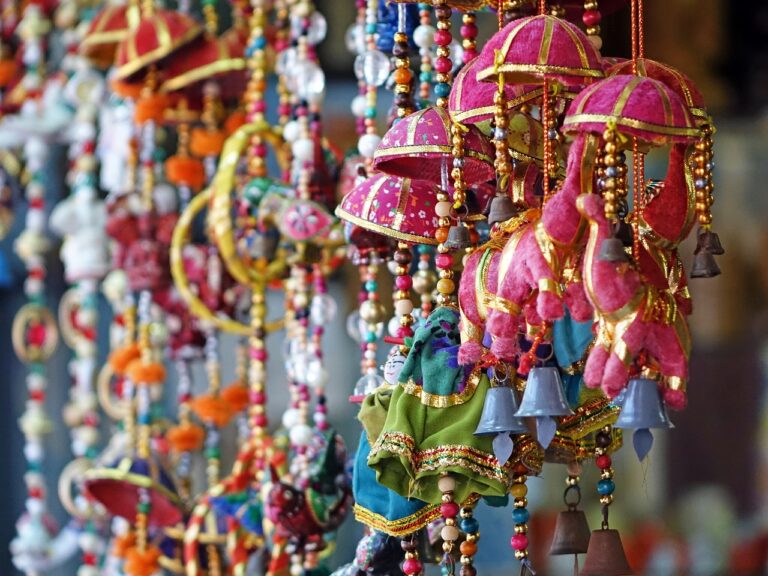The Impact of Cultural Trends on Travel Accessory Design: Bet book 250.com, 11xplay online, Yolo 247 login
bet book 250.com, 11xplay online, yolo 247 login: Traveling is an essential part of modern life, and with globalization, people are constantly on the move for business, pleasure, or family reasons. As a result, travel accessory design has become an important aspect of the fashion industry, with designers creating innovative and stylish accessories to cater to the needs of travelers.
Cultural trends play a significant role in shaping the design of travel accessories. Different cultures have unique preferences and requirements when it comes to travel accessories, and designers must take these into account when creating new products. For example, in some cultures, practicality and functionality are the most important factors when choosing travel accessories, while in others, style and design are the top priorities.
One of the most significant impacts of cultural trends on travel accessory design is the use of traditional patterns and motifs. Many designers draw inspiration from the cultural heritage of different countries, incorporating traditional patterns and motifs into their designs. This not only adds a unique and distinctive touch to the accessories but also celebrates the cultural diversity of the world.
In addition to patterns and motifs, cultural trends also influence the materials used in travel accessory design. For example, in some cultures, natural and sustainable materials are highly valued, so designers may choose to use eco-friendly materials such as organic cotton, bamboo, or recycled plastics in their products. On the other hand, in cultures where luxury and opulence are prized, designers may opt for high-end materials such as leather, silk, or cashmere.
The color palette of travel accessories is another area where cultural trends have a significant impact. Different cultures have varying preferences when it comes to colors, with some favoring bold and bright hues, while others preferring more subdued and neutral tones. Designers often take these preferences into account when choosing the colors for their accessories, ensuring that they resonate with the target market.
Furthermore, cultural trends also influence the functionality of travel accessories. For example, in cultures where technology is highly integrated into daily life, designers may incorporate features such as charging ports, RFID protection, or hidden pockets for gadgets into their accessories. In contrast, in cultures where simplicity and minimalism are valued, designers may focus on streamlining the design and removing unnecessary features.
Overall, cultural trends have a profound impact on travel accessory design, shaping everything from patterns and materials to colors and functionality. By understanding and incorporating these trends into their designs, designers can create accessories that resonate with customers worldwide and truly reflect the cultural diversity of our world.
—
**FAQs**
1. How can I incorporate cultural trends into my travel accessories?
To incorporate cultural trends into your travel accessories, consider using traditional patterns, motifs, and materials from different cultures. You can also draw inspiration from the color palettes and design elements of various cultures to create unique and culturally rich accessories.
2. How can I stay updated on the latest cultural trends in travel accessory design?
To stay updated on the latest cultural trends in travel accessory design, follow fashion blogs, attend trade shows and exhibitions, and study the works of designers from different cultures. Additionally, travel to different countries and immerse yourself in the local culture to gain firsthand inspiration.
3. Are there ethical considerations to keep in mind when incorporating cultural trends into travel accessory design?
Yes, it is essential to be mindful of cultural appropriation and ensure that you are not misrepresenting or disrespecting any culture in your designs. It is crucial to work with local artisans and communities when using traditional patterns and materials and give credit where credit is due.







